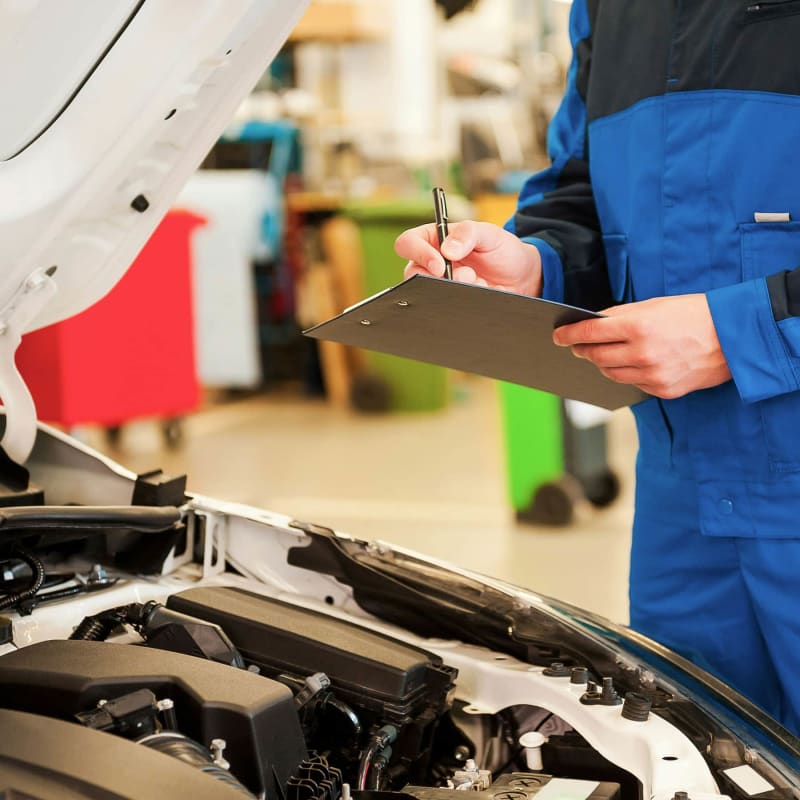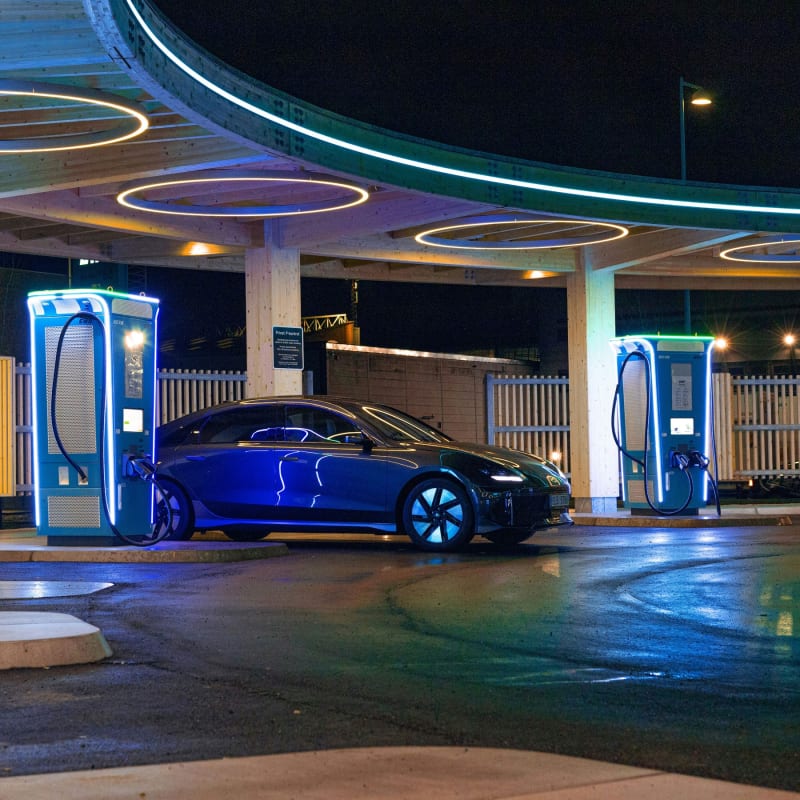Buying a used electric vehicle (EV) can be a smart, eco-friendly, and cost-effective decision, but like with any big purchase, it’s important to know what to look out for. EVs have different components and wear patterns compared to petrol or diesel cars, and understanding these differences can save you from unexpected costs down the road.
Check our used electric vehicle range calculator to get a sense of what life will be like with your electric vehicle.
Here’s your go-to guide for what to check when buying a used EV:

1. Check the Battery’s Health
The battery is the heart of any electric vehicle — and also its most expensive component. Over time, EV batteries naturally degrade, typically losing around 1–2% of their capacity per year. That means an EV that’s five years old might have around 90% of its original range.
Before you buy, request a Battery State of Health (SoH) report from the seller or dealership. This will give you a clear picture of how much usable capacity the battery still has.
Pro tip: EV battery life is affected by how the previous owner charged it. Ideally, batteries should be kept between 20% and 80% charge most of the time and not frequently rapid-charged, as high-speed charging can accelerate degradation.
2. Inspect Charging Hardware and Cables
Charging cables might seem like a small detail, but replacing them can cost hundreds of pounds. Take a close look at the charging cable and connector, check for damage, bent pins, or corrosion. Also inspect the vehicle’s charging port for any signs of wear.
Make sure the car comes with all the cables it originally shipped with (typically a Type 2 cable and/or a domestic plug). If anything’s missing, factor that into your budget.

3. Review the Service History
While EVs have fewer moving parts than traditional cars — no oil changes, no exhaust system, no gearbox — they still need regular servicing. Check for a complete service history, which should include checks on brakes, tyres, suspension, software updates, and cabin filters.
Remember: EVs are heavier than combustion-engine cars due to the weight of the battery. This added weight can cause more wear on tyres, brakes, and suspension over time.
4. Check the Warranty, Especially on the Battery
Most manufacturers offer 8-year or 100,000-mile warranties on EV batteries, and many allow these warranties to transfer to second or third owners. This can offer serious peace of mind.
Find out:
- Is the battery still under warranty?
- Is the warranty transferable to you as a second-hand buyer?
- What does the warranty cover? (Many replace or repair batteries if performance drops below ~70% capacity.)
You can usually check warranty status by contacting the manufacturer or authorised dealer with the vehicle identification number (VIN).

5. Understand Battery Leasing (if applicable)
Some early EV models, especially from manufacturers like Renault or Nissan, were sold with a leased battery to lower the initial purchase price. This means the car owner pays a monthly fee — typically between £50 and £90 — to lease the battery separately.
If you’re looking at a car with a leased battery:
- Make sure you understand the lease terms.
- Check if the lease is transferable to a new owner.
- Consider how the monthly lease cost impacts the car’s total value.
The upside? Vehicles with leased batteries are often cheaper upfront, but make sure you’re not surprised by an ongoing monthly fee.
6. Do a Thorough Test Drive and Inspection
As with any car purchase, take the EV for a test drive. Listen for any unusual noises, pay attention to the regenerative braking system, and test all electronics and dashboard functions (such as the infotainment system, climate controls, and charging display).
Also, check tyre condition, brake wear, and the condition of the interior. If you’re not confident doing this yourself, consider paying for a professional inspection.

7. Software and Tech Updates
Many EVs receive software updates that can improve range, add new features, or fix bugs — especially Tesla and other high-tech models. Ask if the vehicle has received regular software updates and whether it’s still eligible for new ones.
Final Thoughts
Used EVs are becoming increasingly common — and affordable — as more people make the switch to electric. If you take the time to do your research and go in with the right checklist, you can end up with a reliable, green, and economical vehicle that fits your lifestyle for years to come.
How far can your new electric vehicle go? Check out our used electric vehicle range calculator.
